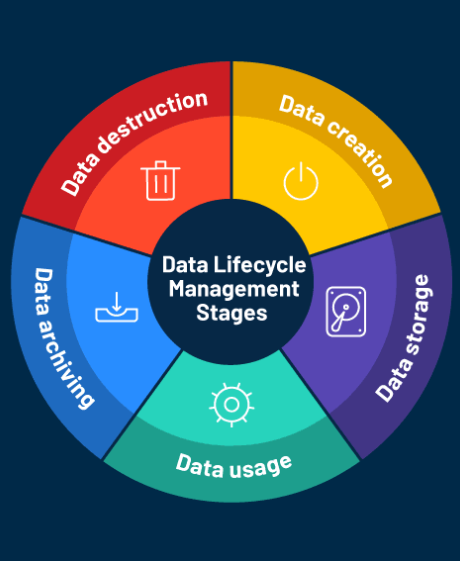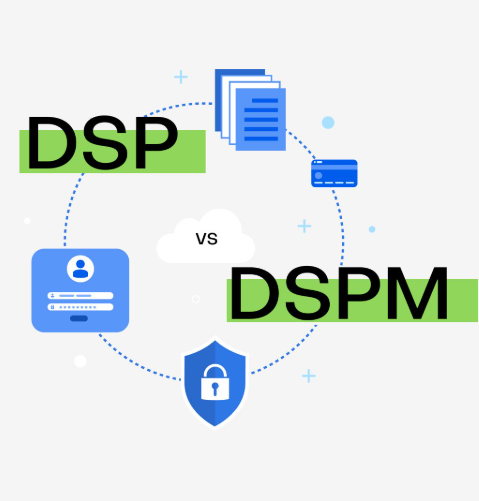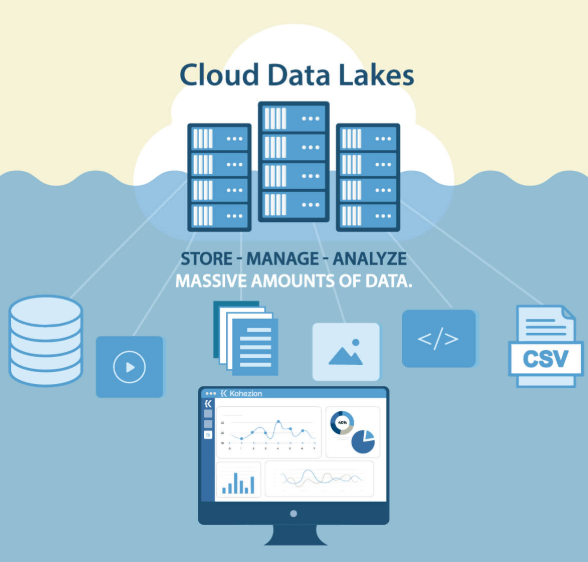
Data officers, such as CISOs, CIOs, and CTOs, are responsible for managing vast amounts of information within an organization. While structured data typically takes the spotlight, unstructured data often remains a neglected area in many businesses. This oversight can lead to significant risks, inefficiencies, and missed opportunities for valuable insights. So, why is unstructured data often overlooked, and why should it be addressed? Here’s how managing unstructured data can improve data governance, security, and business decision-making.
What Is Unstructured Data?
Unstructured data refers to information that lacks a predefined format or structure. Unlike structured data, which is stored in organized rows and columns within databases, unstructured data includes a wide range of formats like emails, social media posts, videos, customer reviews, PDFs, audio files, and more. Managing, analyzing, and storing unstructured data is far more complex compared to structured data.
For many large organizations, unstructured data represents a significant portion of their data, but it often goes unmanaged or ignored by traditional data management strategies.
Why Unstructured Data Is Often Overlooked
1. Focus on Structured Data Systems
Structured data is usually prioritized because it is easier to manage and analyze. It resides in databases with clearly defined fields, which makes it more accessible for reporting, compliance, and analytics. Data officers often feel more comfortable handling structured data, using established tools like database management systems (DBMS) and data warehousing solutions.
On the other hand, unstructured data is more difficult to handle. It’s often scattered across various file formats, systems, or cloud platforms, making it harder to catalog and control. As a result, unstructured data is often left behind, with the assumption that structured data is sufficient for most business needs.
2. Lack of Visibility
Unstructured data is typically dispersed across various platforms—emails, file servers, cloud storage, and third-party services—making it challenging to track and monitor. Unlike structured data, which resides in neatly defined databases, unstructured data lacks visibility, making it more difficult for data officers to secure and manage.
Without the right tools for visibility, key risks and opportunities hidden within unstructured data can go unnoticed, leaving organizations vulnerable to security breaches, compliance issues, and inefficiencies.
3. Difficulty in Classifying Data
Classifying unstructured data is a complex and time-consuming task. Structured data is easily categorized into tables, but unstructured data is often disorganized and context-dependent. To manage it effectively, organizations require advanced AI-powered tools and machine learning models to automatically tag documents, images, emails, and videos with appropriate metadata. Many businesses face difficulties in implementing these technologies, leaving unstructured data unmanaged or poorly categorized.
The Risks of Ignoring Unstructured Data
Neglecting unstructured data can create significant challenges for any organization. Here’s why unstructured data demands attention:
1. Security and Compliance Risks
Unstructured data often contains sensitive information, such as customer data, financial records, and intellectual property. Without proper monitoring and protection, this data could be exposed, either due to data breaches or accidental sharing.
Additionally, compliance regulations like GDPR, CCPA, and HIPAA require businesses to safeguard sensitive data, including unstructured information. Organizations that fail to implement a proper strategy for protecting unstructured data may face substantial fines and legal consequences.
2. Operational Inefficiencies
In large organizations, unstructured data is often scattered across multiple systems and departments, making it difficult for employees to find the information they need quickly. This lack of organization leads to inefficiencies, as employees waste time searching through emails, documents, and file repositories rather than accessing the data that drives productivity.
Properly managing unstructured data can streamline operations, improve collaboration, and enhance workflow across departments.
3. Missed Business Insights
Unstructured data is rich with valuable insights. For example, customer feedback in emails or social media comments can provide critical information for product development, customer satisfaction, and market trends. However, if unstructured data is not properly analyzed, these valuable insights remain untapped, leaving organizations unable to make informed, data-driven decisions.
With the right AI and machine learning tools, organizations can analyze unstructured data to uncover hidden insights. However, without the necessary infrastructure, these insights remain out of reach.
4. Risk of Data Loss
Unstructured data often resides in less formal systems, such as personal devices, email inboxes, or external cloud providers. This makes it more vulnerable to being unprotected, inadequately backed up, or poorly archived. If a system fails, a natural disaster occurs, or a cyberattack happens, this unprotected data may be lost, resulting in operational disruptions or financial losses.
To prevent this, organizations must implement robust backup and disaster recovery strategies that include both structured and unstructured data.
Why Unstructured Data Should Be Addressed
1. Better Data Security
By addressing unstructured data, data officers can ensure sensitive information is properly secured and classified. Modern data security tools that utilize machine learning can scan and protect unstructured data, such as emails and documents, in real time. This proactive approach minimizes the risk of data breaches and helps businesses stay compliant with data protection laws.
2. Enhanced Data Governance
An effective data governance framework that includes unstructured data allows businesses to better control and comply with regulations. With the right tools in place, data officers can automatically classify, tag, and monitor unstructured data to ensure proper retention policies are followed and outdated or unnecessary data is safely archived or deleted.
3. Improved Decision-Making with AI and Analytics
Addressing unstructured data opens up opportunities for advanced analytics and AI-driven insights. By using AI tools to process and analyze unstructured data, organizations can extract valuable insights from customer feedback, documents, and media content. This leads to better business decisions, improved customer satisfaction, and more effective strategic planning.
4. Cost Savings
Managing unstructured data more efficiently can help organizations optimize their storage costs. Storing large amounts of unstructured data in cloud storage or on-premises servers can be costly. By implementing effective data classification and management strategies, organizations can reduce storage bloat, lower operational costs, and improve their overall data management practices.
Getting Started with Unstructured Data Management
Unstructured data remains a blind spot for many data officers, but it’s crucial to address it. The complexity and volume of unstructured data often lead to it being neglected or poorly managed, but the risks of ignoring it are too great to overlook. From security breaches to missed business opportunities, the challenges posed by unstructured data must be confronted.
Data officers need to prioritize the management of unstructured data using the right tools and strategies. Doing so will enhance data security, improve operational efficiency, and unlock valuable business insights that drive growth and innovation. Address unstructured data now, before it becomes an even bigger problem.


































































